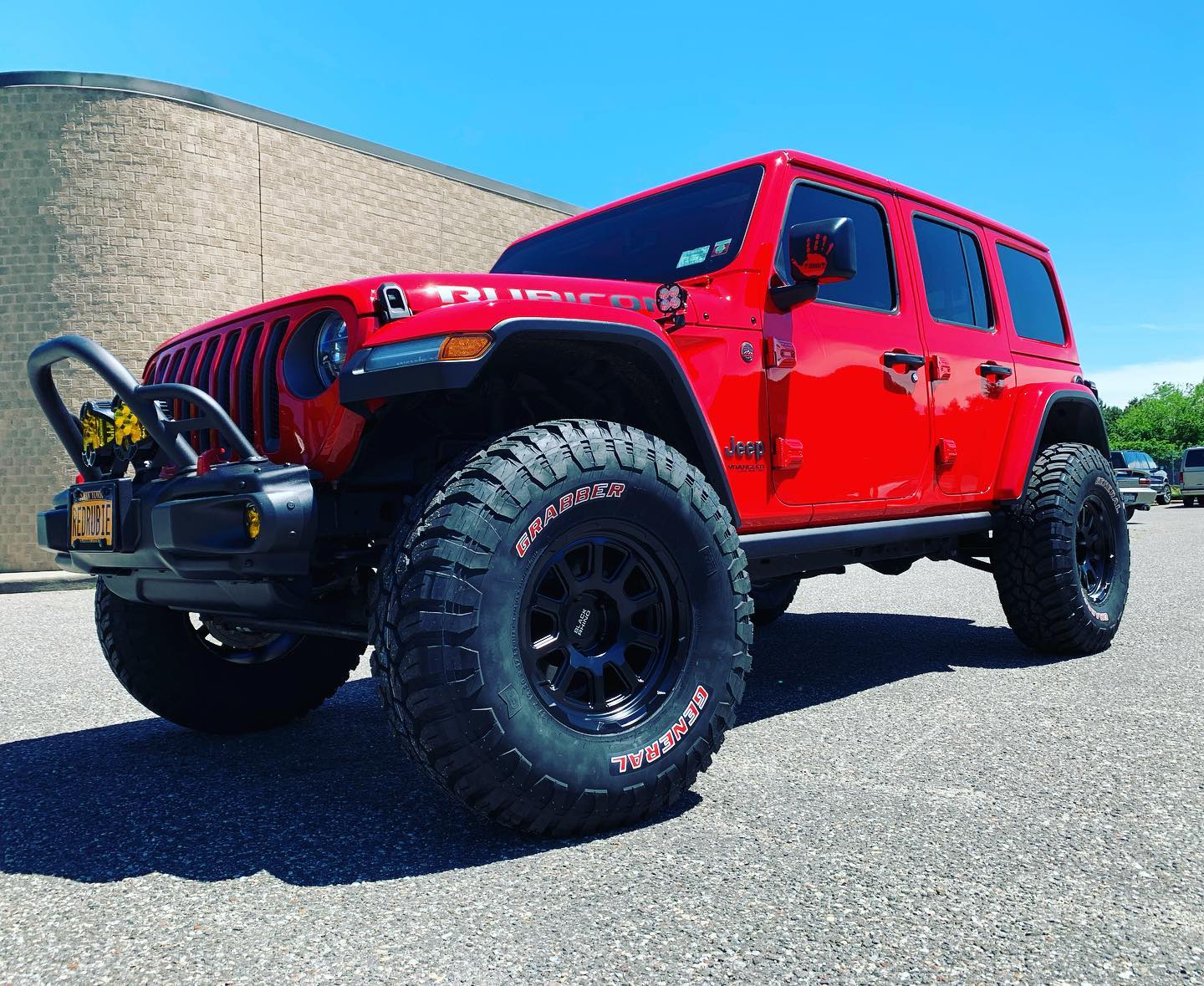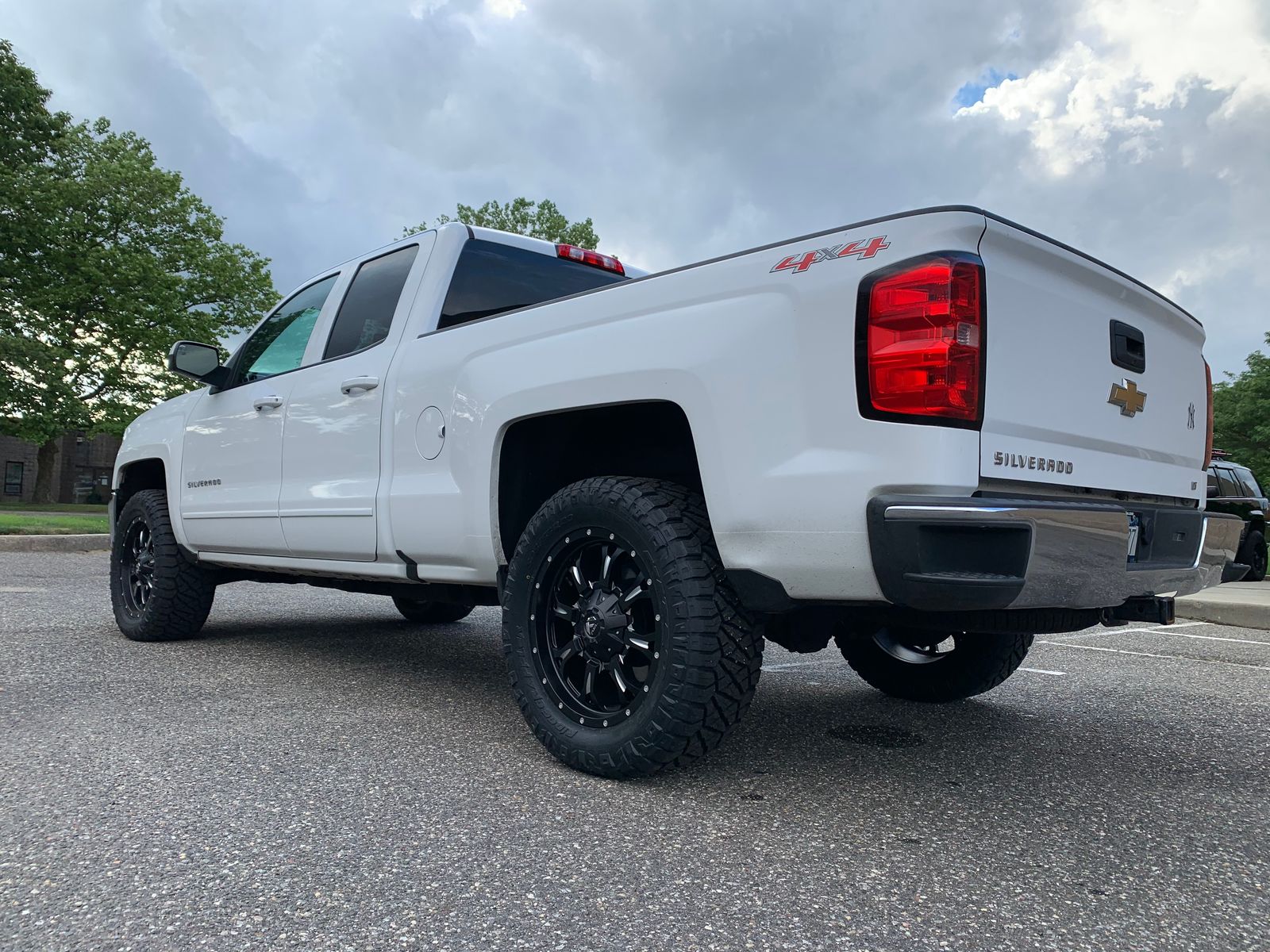Understanding tire sizes can be complicated, especially when you're trying to for the first time. At Auto Kicks in Long Island, NY, we know everything there is to know about car and truck tires and have made this straightforward guide to help:
How to Read Tire Sizes?
With a little explanation, it's easy to understand the marking on the sides of your tires so you can know what size to change to:
For this explanation, we’re using the example of P216/64 R14 marking on our tires.
Tire Type
The first letter at the start of the tire size (usually 'P') indicates the tire is a P-metric tire (a tire made in the U.S. for passenger vehicles).
If there is no letter, this indicates a Euro metric tire that has different load capabilities.
The letter's 'LT' indicates the tire was designed for light trucks - which need higher inflation pressures and are suitable for light trucks.
Tire Width
The next three numbers indicate the width from each sidewall of the tires in millimeters.. For example, P216/64 R14 would indicate that the width is 216 millimeters.
Aspect Ratio
This is the ratio of height to width. The two numbers after the slash (/) indicate this. For example, in P216/64 R14 the 64 indicates that the height is 64% of the tire's width. The bigger the aspect ratio, the bigger the sidewall.
Construction
The 'R' indicates that the tire's layers run radially across the tire. P216/64 R14
Wheel Diameter
The final two numbers indicate the size of the wheel to which the tire should be fitted on. In our example, P216/64 R14 - the 14 indicates a 14" diameter wheel is required.
What Tire Size Can I Fit?
Your truck owner's manual should tell you the largest and smallest tire size you can fit. Generally, a non lifted truck can fit tires of around up to 33". While a lifted truck can fit 37" or larger.
Are Bigger Tires Better?
It all depends on what you're after. For better grip, traction and off-road performance, having more rubber is a great idea. They can also raise your ride height for better ground clearance. However, if you're looking for improved fuel efficiency, then small tires are better.
Some benefits to bigger tires are:
- Increased Ground Clearance
- Improved Braking and Traction
- Better Visibility
- More Challenging Handling
- Decreased Fuel Efficiency
Fitting Bigger Tires on Cars - Plus Sizing
Fitting bigger tires on cars is not the same as it is with trucks. Often there is space for extra rubber without hitting the bodywork. That's why we perform 'Plus Sizing' instead. Plus Sizing is when the wheel and tires' combined diameter remains the same, but the wheels get bigger and tires get smaller. This can give the appearance of 'bigger wheels' without actually changing ride height and overall diameter.
However, it still may be possible to fit bigger tires on your car, so stop by your local auto store and ask what's possible.
Fit New Tires in Long Island, New York
AutoKicks are experts in all things truck customization and tires. If you're interested in changing your wheels or fitting bigger tires in Long Island, NY, then give us a call today. We'll help find the ideal solution for your vehicle, providing you with perfect alignment and increased performance. (631) 585-8880.




